The Role of Wireless Communication Modules in the Internet of Things
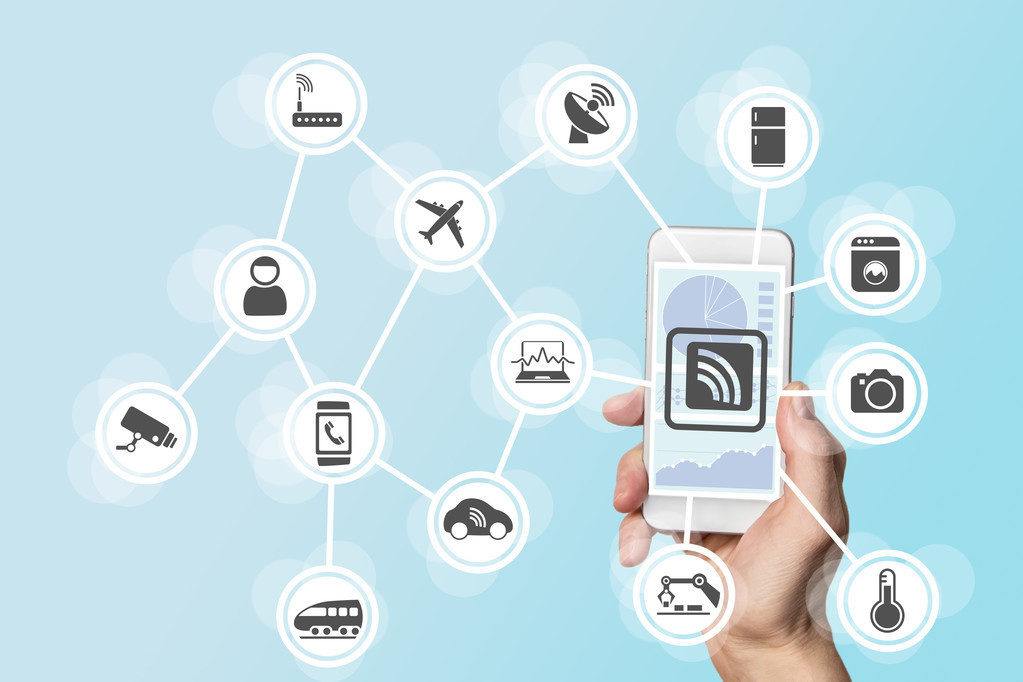
If you start to contact the Internet of Things, then the word wireless communication module you must often hear. First of all, the concept of & ldquo; module & rdquo;, module is a technical term indicating a very wide range. Module on the software refers to the ability to individually name and independently complete a certain function of the collection of program statements (i.e., the program code and data structure of the assemblage); hardware module refers to a number of components with the basic functions of the system with a complete function. Anything that meets the definition can be called a module, which can be divided into communication modules, localization modules, light-sensitive modules, etc. according to different functions. The module mentioned in IoT generally refers to the wireless communication module, and Taiwan is accustomed to call the module a module, both of which have the same meaning.
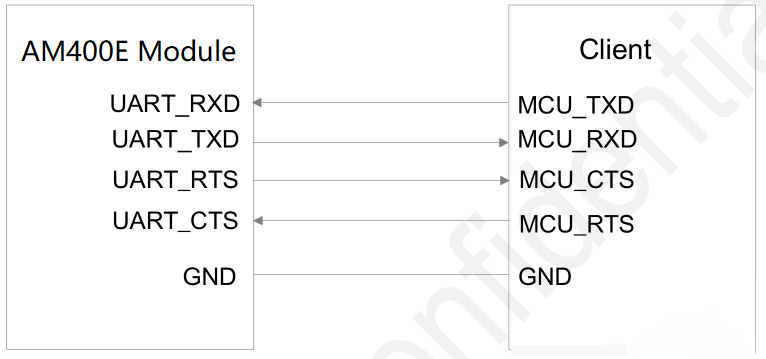
IoT era want to connect devices to communicate, how should it be? Similar to the use of cellular networks for telephone ditching between people, IoT devices have a device similar to & ldquo;cell phone” to help them realize the transmission and reception of signals, which is called the wireless communication module. It is a collection of chips plus the peripheral circuits required by the chip, and the industry currently has no uniform definition. Wireless communication module makes all kinds of IoT terminal equipment with networking information transmission capability, is all kinds of intelligent terminals to access the IoT information portal.
It is the key link connecting IoT perception layer and network layer, all the equipment data generated by IoT perception layer terminals need to be converged to the network layer through the wireless communication module, so as to remotely control the equipment through the cloud management platform, and at the same time, through the analysis of the data, to bring about the improvement of management efficiency.
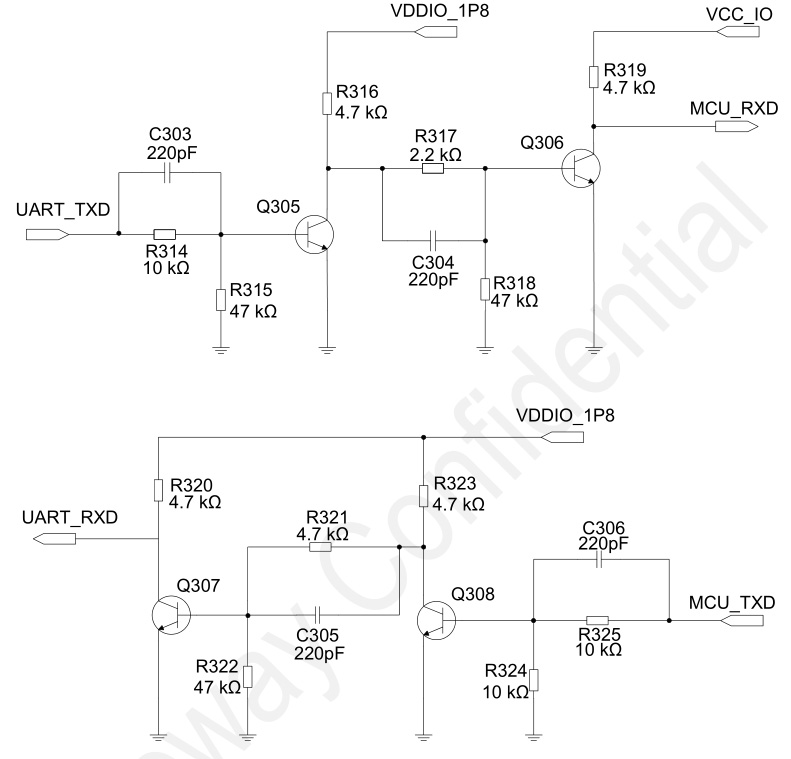
The Internet of Things is a very long industry chain, with chips upstream of modules and terminal applications downstream ...... So, where exactly is the value of the module? Imagine if a device wants to give another device & ldquo;call ”, only give it a chip, it is unable to communicate with other devices. At this point, it is necessary for module manufacturers to baseband chips, radio frequency, memory chips, capacitors, resistors and other components integrated together, assembled communication module, the device will be able to communicate with other devices.
So this is the first value of the module in the Internet of Things industry chain: hardware integration and software design, integration of a variety of communication standards, to meet the environmental requirements of different application scenarios, greatly simplifying the work of application manufacturers.
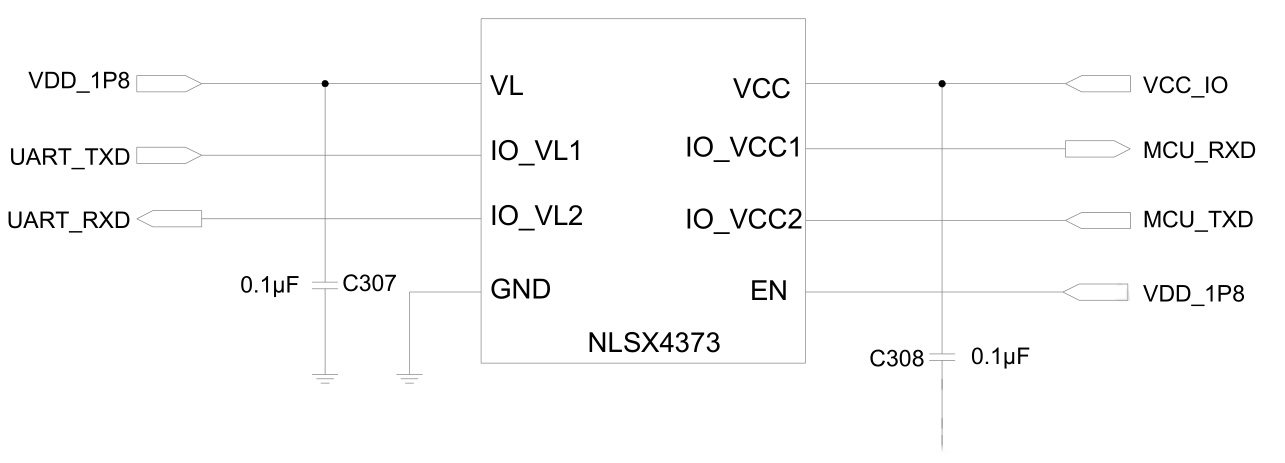
Just as cell phone users do not need to understand the principles of radio communication, just foolproof use of cell phones, application vendors do not need to carry out their own complicated integration work, they buy the product from the module manufacturers, and directly use it.
In different application scenarios, the communication needs between things vary.
If it is a water meter, it only needs to transmit a very small amount of data, and does not need to be transmitted every day; if it is a car, it needs to transmit a much larger amount of data, and the real-time data requirements are very high; other devices —— such as motors in factories, street lamps by the side of the road, the home speakers, each has its own communication needs ......
Therefore, this is the second value of the module in the Internet of Things industry chain: the upstream of the wireless communication module is the baseband chip and other raw materials for production, with a high degree of standardization; the downstream of the various sub-division of the application field, extremely dispersed. The IoT module itself, which is in the middle of the upstream standardized chips and downstream decentralized vertical fields, needs to meet the specific needs of different customers and different application scenarios.
Module Value Summary
The first value: hardware integration and software design, integration of multiple communication standards to meet the environmental requirements of different application scenarios, greatly simplifying the work of application manufacturers.
The second value: being in the middle of upstream standardized chips and downstream decentralized vertical fields, it needs to meet the specific needs of different customers and different application scenarios.
Wireless communication modules can generally be categorized according to different communication technologies as follows:
For example, 2G module is the module that can access the operator's 2G network, NB-IoT module is the module that can access the NB-IoT network, and so on.
Our company is committed to promoting the application of Internet of Things, according to different scenarios to provide module solutions, the company's own research NEO-M8T and LEA-M8T module program, and constantly promote the module application forward.
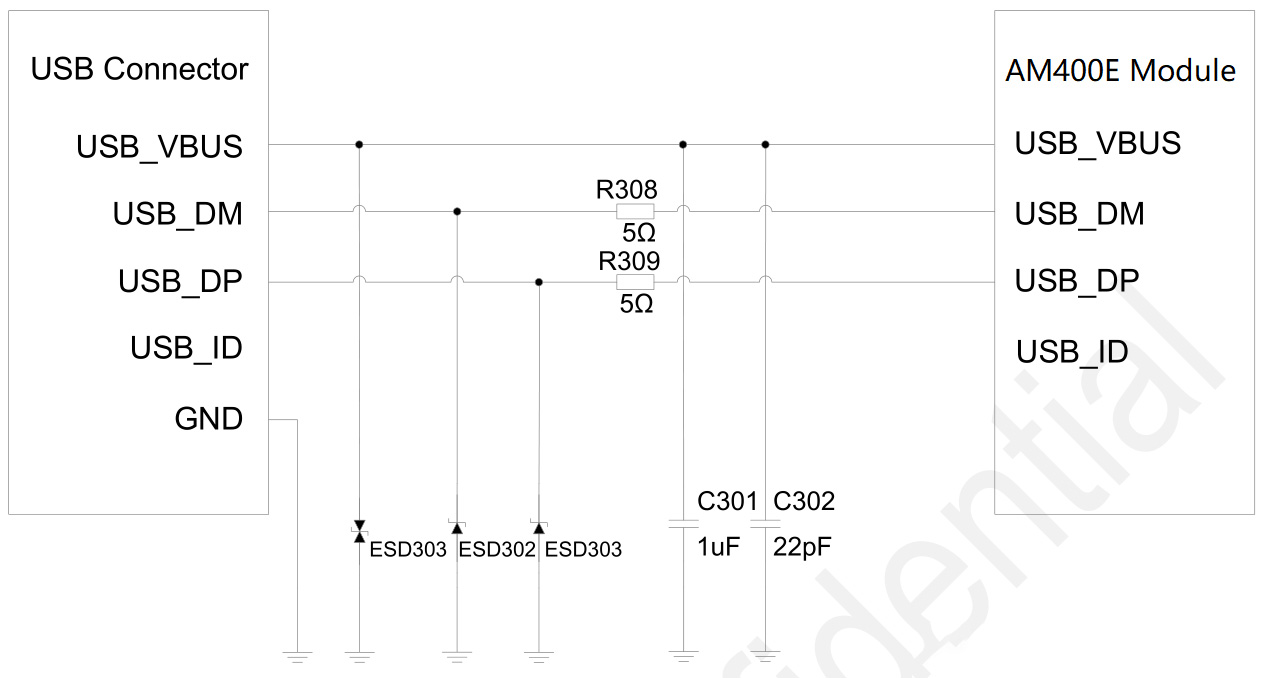
Because the Internet of Things is the networking of equipment terminals in various industries, including a variety of application scenarios, different application scenarios require different wireless communication modules, so the module application scenarios are particularly rich, the market space is also very large.
IoT application scenarios that have formed a large particle (annual demand of more than 10 million) market are mainly in the fields of smart metering, mobile payment, smart car, smart grid and so on. The growth in these areas leads the major growth in the wireless communication module market.


















